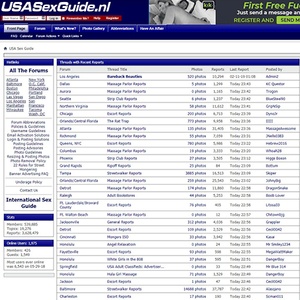
WEIGHT: 52 kg
Breast: 36
One HOUR:30$
Overnight: +40$
Services: Dinner Dates, Dinner Dates, Striptease, Sub Games, Tantric
North and South Island sub-species are recognised but this is not supported by genetic data. There is a trend towards greater size from north to south. Wilton, Wellington, September They remain locally common at some sites on the main islands that are close to offshore island refuges, and have increased in abundance at others where mammalian pests have been controlled.
A large, olive-brown parrot with grey-white crown, red-orange underwing and deep crimson belly and under-tail coverts. Males have a noticeably longer and deeper upper mandible and bigger head than females but this is generally only apparent when the two sexes are seen side by side. Also a variety of loud, musical whistles, but these vary markedly from place to place.

Reintroduction programmes have been remarkably successful at a few sites. Probably fewer than 10, birds. There appears to be sufficient gene flow between most populations to prevent the development of significant genetic differences between them.
Nests are generally in tree cavities over 5 metres above the ground, but can be at ground level on offshore islands. The nest floor is lined with small wood chips.

The typical clutch size is 4. The female alone incubates the eggs and cares for the nestlings but is fed by the male throughout the breeding season. Both parents feed the fledglings which often fledge before they are able to fly, or even climb, effectively. They are adept fliers, capable of weaving through trunks and branches, and can cover long distances, including over water.



































